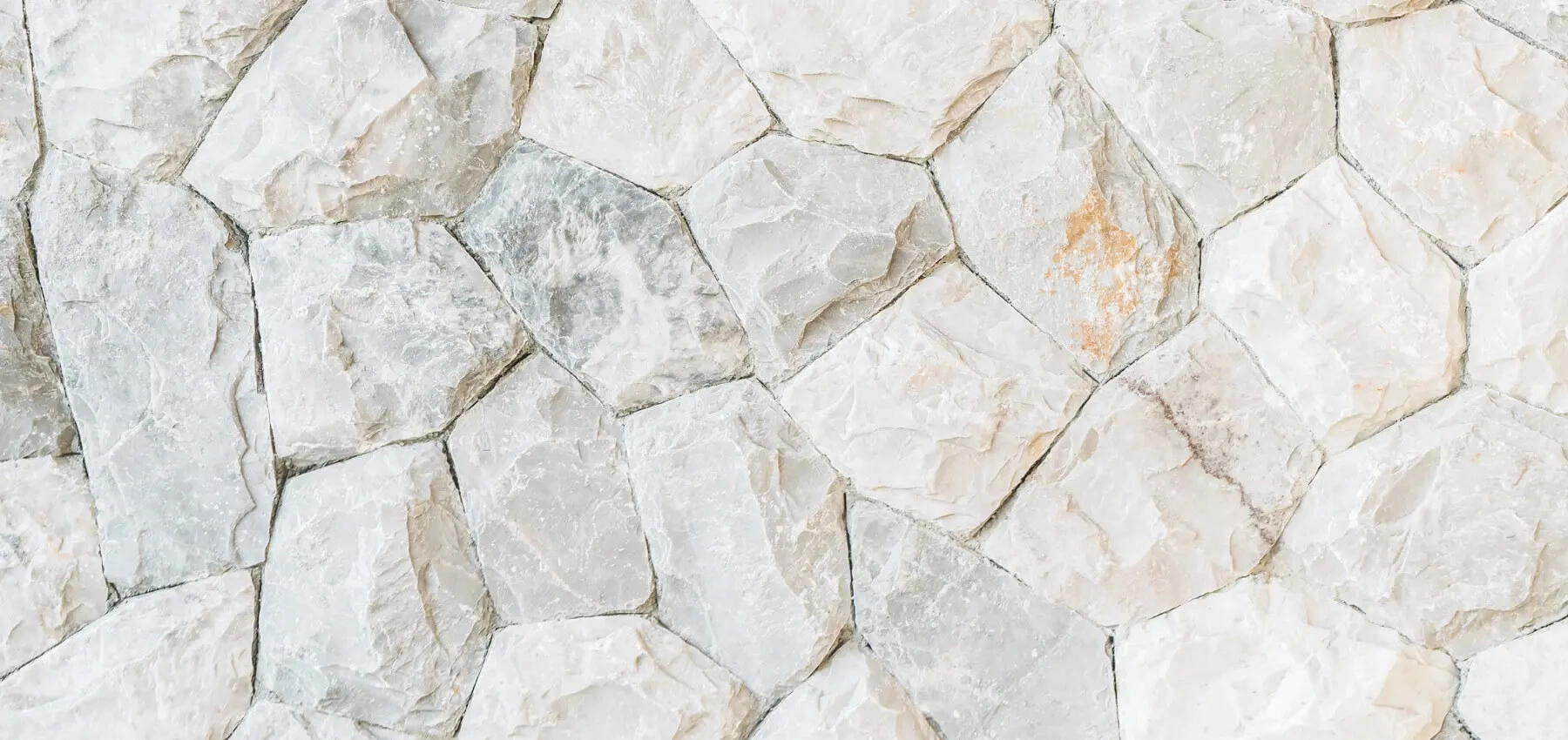Nov . 24, 2024 02:00 Back to list
types of green jade
The Diverse Types of Green Jade An Overview
Green jade is a highly cherished gemstone that holds significant cultural and historical value in various societies, particularly in East Asia. It is predominantly associated with qualities such as purity, harmony, and balance. While the term jade encompasses two different minerals—jadeite and nephrite—the focus of this article will be on the different types of green jade, highlighting their unique characteristics, origins, and uses.
1. Jadeite
Jadeite is the rarer and more expensive of the two types of jade. It is predominantly formed from aluminum and sodium and can appear in various shades, including green, white, lavender, and yellow. Among these, green jadeite is particularly prized and can be further classified into several subcategories based on its color, translucence, and texture.
- Imperial Jade This is the most sought-after type of jadeite, known for its vivid emerald-green color and high translucence. Imperial jade is often considered a symbol of wealth and status, with pieces of jewelry or artifacts made from this material fetching exorbitant prices at auctions. The vibrant green hue results from the presence of chromium and is typically found in Myanmar, which is the primary source of jadeite.
- Type A Jadeite This term refers to jadeite that has not been treated with chemicals or dyes, making it the most authentic form of jadeite. Its natural green color is prized, and collectors seek it for its purity. Type A jadeite can vary in color range and translucency but is always valued for its natural beauty.
- Type B Jadeite This jadeite has undergone treatment to enhance its color and translucency. It is often chemically bleached and then infused with resin to improve its appearance. While still beautiful, Type B jadeite is generally less valuable than Type A due to the treatments it has undergone.
- Type C Jadeite This type has been dyed to achieve a more vivid color, which leads to significant devaluation in terms of authenticity. It is essential for buyers to be knowledgeable about these distinctions to make informed purchasing decisions.
2. Nephrite
types of green jade

Nephrite is the second form of jade, composed mainly of calcium and magnesium. It is more abundant than jadeite and usually comes in a creamy yellow-green to dark green color. Nephrite is particularly famous in China, where it holds a sacred status and has been used in traditional carving and artifact creation for thousands of years.
- Chinese Nephrite Often referred to as mutton fat jade because of its creamy, oily texture, Chinese nephrite is highly valued for its symbolic meaning in Chinese culture. It is believed to bring good fortune and protect against evil. The jade from this region is typically of a more opaque quality, with a less vibrant color compared to jadeite, but it is esteemed for its artistry in carvings and sculptures.
- New Zealand Nephrite (Pounamu) Known as Pounamu by the Māori people, this type of nephrite exhibits a rich green color, often with brown and black streaks. It carries cultural significance for the Māori, who use it for adornments and tools. Pounamu symbolizes strength and endurance, and it is often passed down through generations as heirlooms.
3. Other Variants
Apart from jadeite and nephrite, there are several other lesser-known types and colors of jade that merit mention
. These include- Lavender Jade A unique variant that combines shades of lavender and green, lavender jadeite is a relatively new discovery and has gained popularity among collectors for its ethereal quality.
- Black Jade Mostly nephrite, black jade has a dense and rich appearance, often used in carvings and jewelry, providing a striking contrast to traditional green jade.
Conclusion
Green jade is not merely a decorative stone; it represents a rich tapestry of cultural significance and natural beauty. Whether one admires the vivid elegance of jadeite or the earthy tones of nephrite, it is essential to understand the diversity within jade’s fascinating world. As the appreciation for these gems continues to grow, so does the importance of distinguishing between their various types to truly appreciate their unique value and place in history. Whether for spiritual significance, aesthetic appreciation, or investment, the allure of green jade persists across generations and cultures.
-
Transform Your Outdoor Spaces with Premium Black Rocks for Landscaping
NewsAug.01,2025
-
Exploring the World of Green Jade: Types, Meanings, and Values
NewsAug.01,2025
-
Enhance Your Outdoor Spaces with Premium Black Garden Stones and Pebbles
NewsAug.01,2025
-
Elevate Your Garden Design with Black River Stones and Decorative Landscape Rocks
NewsAug.01,2025
-
Discover the Beauty and Symbolism of Green Jade: From Raw Stones to Luxury Pieces
NewsAug.01,2025
-
Discover the Beauty and Meaning of Green Jade Crystals
NewsAug.01,2025






